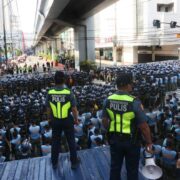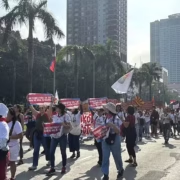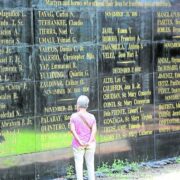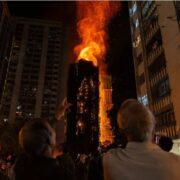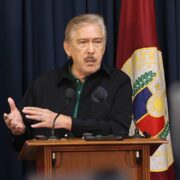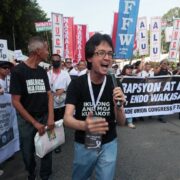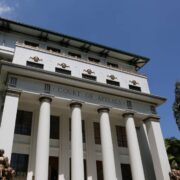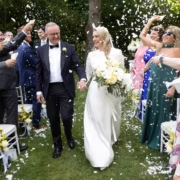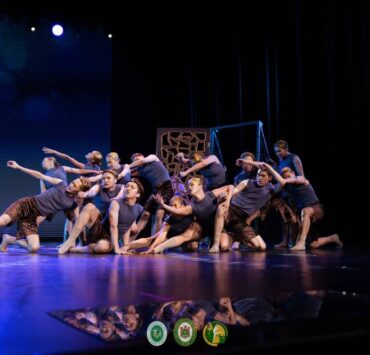In Davao, a flourishing finale to National Arts Month
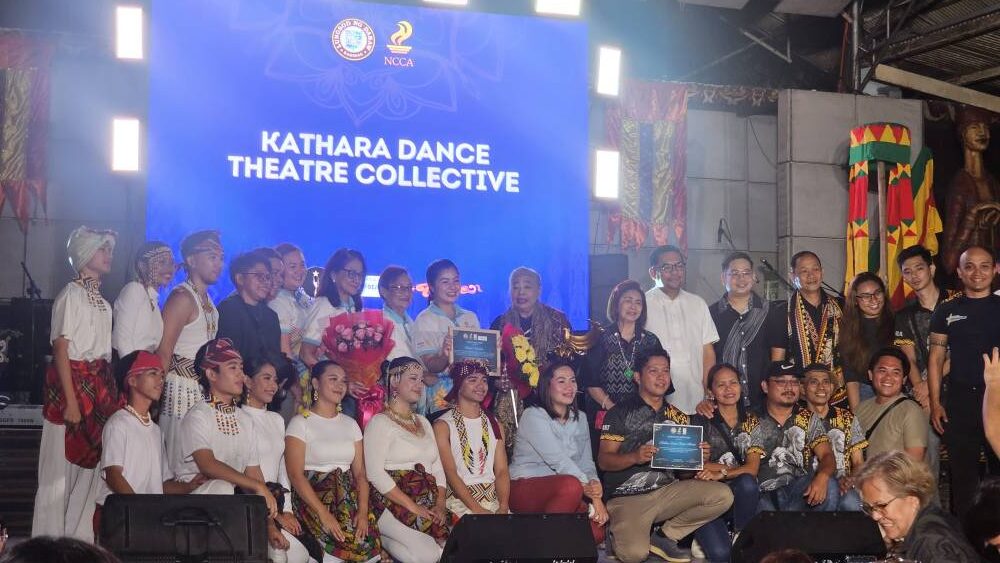
Every February, the Philippines celebrates National Arts Month (NAM) and, thanks to the National Commission for Culture and the Arts (NCCA), the month was packed with events up until the end. This year, the theme of NCCA’s NAM celebration was “Ani ng Sining, Diwa at Damdamin” and the closing showcase was held in Davao City.
NAM celebrated art in its different forms—architecture, cinema, visual arts, music, dance, theater, and literature—all throughout the nation. Our first stop was the National Museum of the Philippines-Davao (NMP-Davao). Opened last December, the NMP-Davao is a highly customized museum which features the heritage, history, and culture of the region.
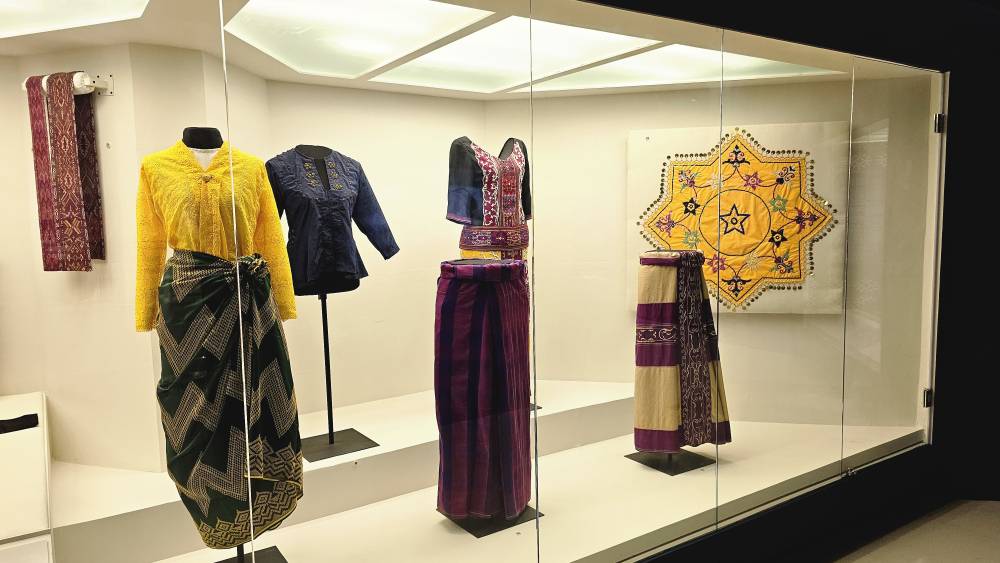
Upon entering, visitors are welcomed by National Artist Victorio Edades’ “Davao Industries,” a magnificent 40-foot oil on canvas work featuring hardworking Dabawenyos.
There are paintings of various ethnic tribes and the works of various Dabawenyo artists. On our way to the spiral staircase, we admired the monumental installation “Ahungan ng Pagkakaisa” by Kublai Millan. The centerpiece, inspired by the traditional musical instrument of the Tagakaolo people, was masterfully crafted by over 50 skilled Manobo weavers.

On the second floor are displays dedicated to Davao region’s natural landscape, from its geologic history and transformation to its flora and fauna. Next to the Philippine Eagle display is an in-depth installation showing forests, mountains, land and water forms, and rich biodiversity. Life-sized depictions make exhibits attractive to young visitors.
Indigenous life rituals
The third floor offers a look at indigenous life rituals as well as the region’s archaeological heritage in an exhibit titled “Banhandi: Rituals in Life Cycles.” “Being a melting pot of ethnic expressions among the Lumads, Moros, and migrant settlers, the mountainous terrains and the rivers and seas continue to shape communities across historical periods, especially through trade, warfare, and even in the conduct of their daily lives,” a signage reads.
The fourth floor is dedicated to the textiles of different indigenous groups in Mindanao. The displays there are part of the Hibla ng Lahing Filipino Program. The lives and works of master textile weavers from Mindanao who were recognized as Manlilikha ng Bayan or National Living Treasures are honored. Also on the same floor is a special exhibition on the legacy of Davao-born National Artist Ang Kiukok, an influential figure in Philippine modern art.

After a tour of the museum, the NMP-Davao hosted a special treat for visitors in their lobby: “Musikapuluan: Melodiya sa Mindanaoang Kasingkasing.” Part of NAM, it’s a presentation of world-class Filipino performances that aims to “highlight the unifying power of music and strengthened cultural appreciation, reinforcing Mindanao’s invaluable contributions to Philippine arts and culture.”
Arvin Manuel D. Villalon, director of Mindanao National Museums and NCCA commissioner, and Winnie Rose Bulig, administrative officer for NMP-Davao, delivered the opening and closing remarks, respectively.
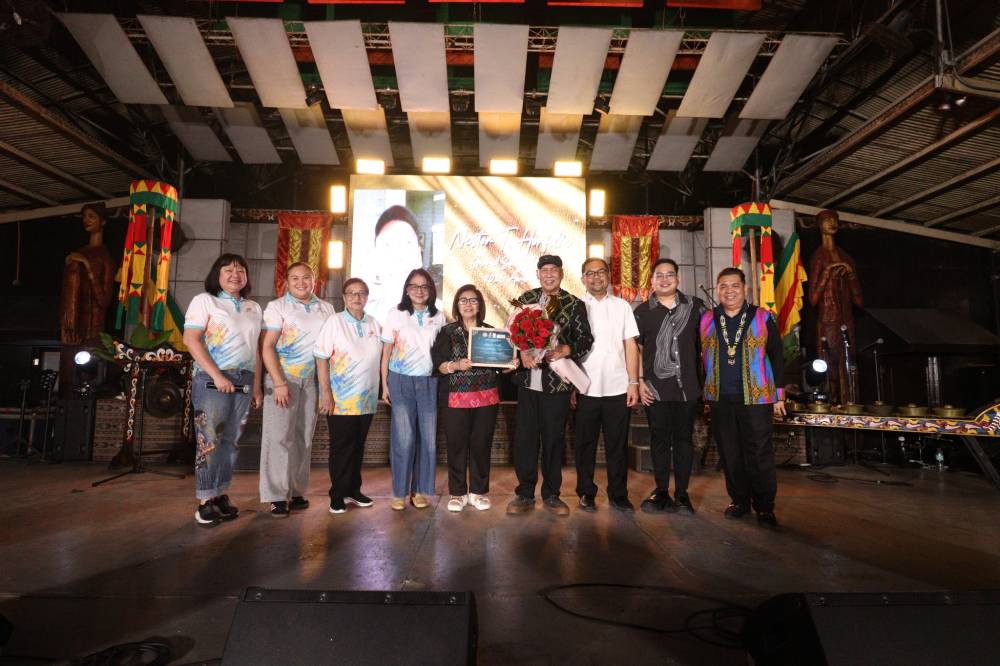
The program featured outstanding pianist Joel Balsamo who performed memorable pieces like “Moonbeams” by Encarnita Fernandez, “Vaga luna che inargenti” by Vincenzo Bellini, and “Ikaw Lamang” by Dodjie Simon. There were also performances by soprano Nenen Espina and primo Daphne Jocson. Also on the piano was award-winning pianist Michael Lopez. An outstanding performance was delivered by the Koro Krosyendo, led by Peter Buaya, featuring their renditions of “Mga Wata sa Ripag,” “Ringkinding-kinding,” “Kayao,” “Cebuano Medley,” “Usahay,” and “Noypi”—tributes to the three major island groups of the Philippines.

Closing ceremony
Held at the Taboan, Matina Town Square in the heart of Davao City, the closing ceremony was a celebration of our rich culture. The place was packed with people, including Davao City city administrator Francis Mark Layog, NCCA chairman Victorino M. Manalo, NMP director general Jeremy Barns, and former NCCA executive director Oscar Casaysay.
The Magallanes Elementary School Rondalla and Kaliwat Performing Artists Collective played the National Anthem. Butuanon storyteller Richard Dian Vilar, Kaliwat Performing Artists Collective, soprano Nene Espina, pianist Joed Balsamo, and the Kathara Dance Theater Collective took to the stage for memorable performances that showcased our rich culture and Filipino talent.
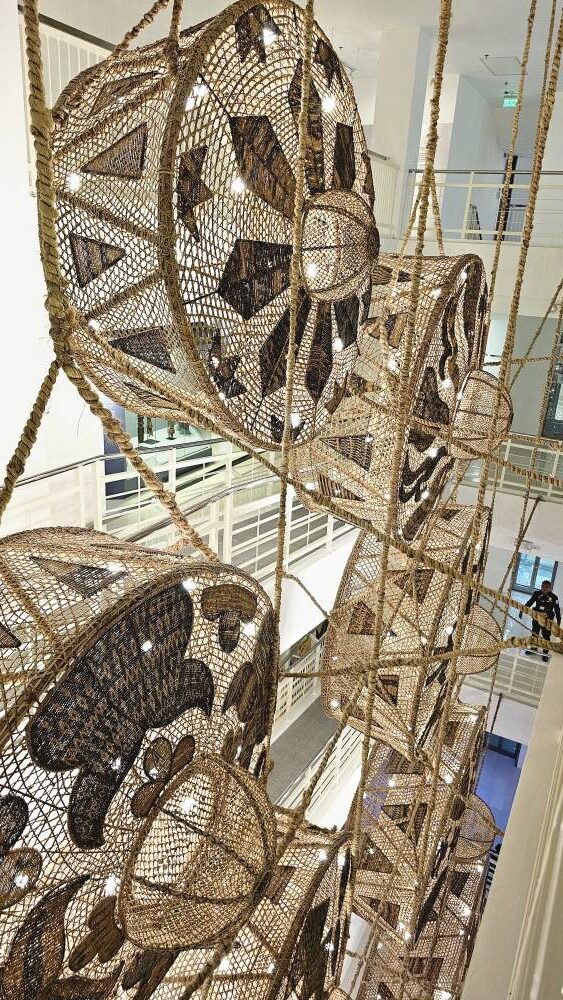
Gawad Sining Dabaw, introduced by the Davao City Office for Culture and the Arts this year, honored its first batch of awardees who “contribute significantly to Davao City’s cultural legacy.” They were Nestor T. Horfilla, founder of Kaliwat Theater Collective, now known as Kaliwat Performing Artists Collective, one of the pillars of the Mindanao Theater Network; Elenita “Boots” Cruz Dumlao, founder of the Kathara Dance-Theater Collective and the BaiHinang Women Artists’ Group; and Sabino V. Ibarra, Father of the Davao Rondalla.



